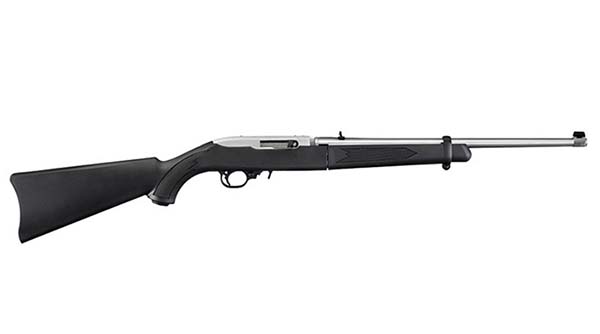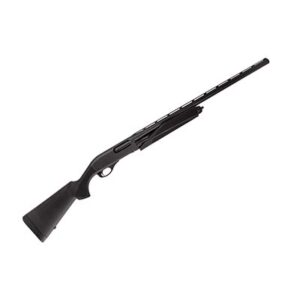The Ruger 10/22: A Shooter’s Favorite
A Rifle with Decades of History
Few .22 rifles can claim the legendary status of the Ruger 10/22. Since its introduction in 1964, this rifle has been a top pick for plinkers, small game hunters and target shooters. The NRA Blog calls it “America’s Plinker”—a fitting title for a gun with over 6 million units sold.
Originally the Ruger 10/22 had a blued finish, 10-round box magazine and classic walnut stock. While many things have changed in the gun world over the years, the 10/22’s core design has remained the same. I still have the one my dad gave me in 1982 and it still shoots as well as ever.

Customizing the Ruger 10/22: The Aftermarket Boom
One of the reasons the Ruger 10/22 has remained so popular is its customizability. Many companies offer aftermarket accessories so you can make your rifle your own. Some of the most popular upgrades include:
- Folding stocks (e.g. Butler Creek)
- Aftermarket bull barrels for better accuracy
- Trigger group upgrades for better performance
- Extended magazines beyond the 10-round capacity
Why Aftermarket Barrels Stand Out
One of the biggest upgrades for a Ruger 10/22 is the barrel. Thanks to the two-bolt removal system changing or modifying the barrel is super easy—even for those with minimal gunsmithing experience. Many shooters spend more on a premium barrel than the original rifle itself!
Factory Upgrades: Ruger Steps Up
Ruger recognized the demand for more features and has responded with:
- Stainless steel finishes
- 25-round factory magazines
- Synthetic stocks for durability
But until recently threaded barrels were not a factory option. Many 10/22 owners had to go to custom gunsmiths to get their barrels threaded for suppressors or muzzle devices.
Why Thread Your 10/22 Barrel?
Here at BarrelThreading.com we’ve threaded hundreds of factory Ruger 10/22 barrels—mostly to 1/2×28 TPI, the standard thread pitch for .22LR suppressors and muzzle brakes.
Front Sight Considerations
When threading a Ruger 10/22 barrel you need to decide whether to keep or remove the front sight. Why? Because Ruger integrates the front sight into the barrel, so threading requires:
- Cutting the barrel, which removes the front sight
- Re-crowning the barrel for optimal accuracy
- Re-machining and reattaching the front sight if desired
Many shooters opt to skip the front sight reattachment—especially if they run optics like red dots or scopes.
Does Threading Improve Accuracy?
Yes! One overlooked benefit of barrel threading is the required re-crowning process. A proper crown helps stabilize bullet exit, resulting in tighter groupings. Factory barrels often have a mass-production crown which can slightly reduce accuracy. Many of our customers report noticeable improvements after we re-crown their factory Ruger 10-22 barrels.
Final Thoughts: The Ruger 10/22’s Place in History
Whether you keep your Ruger 10/22 factory stock or customize it to the max, one thing is certain: this rifle has earned its place in firearm history. Almost every shooter has fired one at some point, and its reliability, versatility and customizability ensure it will remain a favorite for years to come.
Thinking About Threading Your Barrel?
If you’re considering having your Ruger 10/22 barrel threaded you’re not alone. It’s an affordable way to upgrade your rifle without replacing the whole barrel. Plus with the added accuracy benefits from a fresh crown it’s a win-win for shooters looking to get the most out of their 10/22.
Disclaimer:
Always consult a qualified gunsmith before making any modifications to your firearm. This article is for informational purposes only, and you are responsible for ensuring compliance with all applicable firearm laws and safety guidelines.


0 Comments